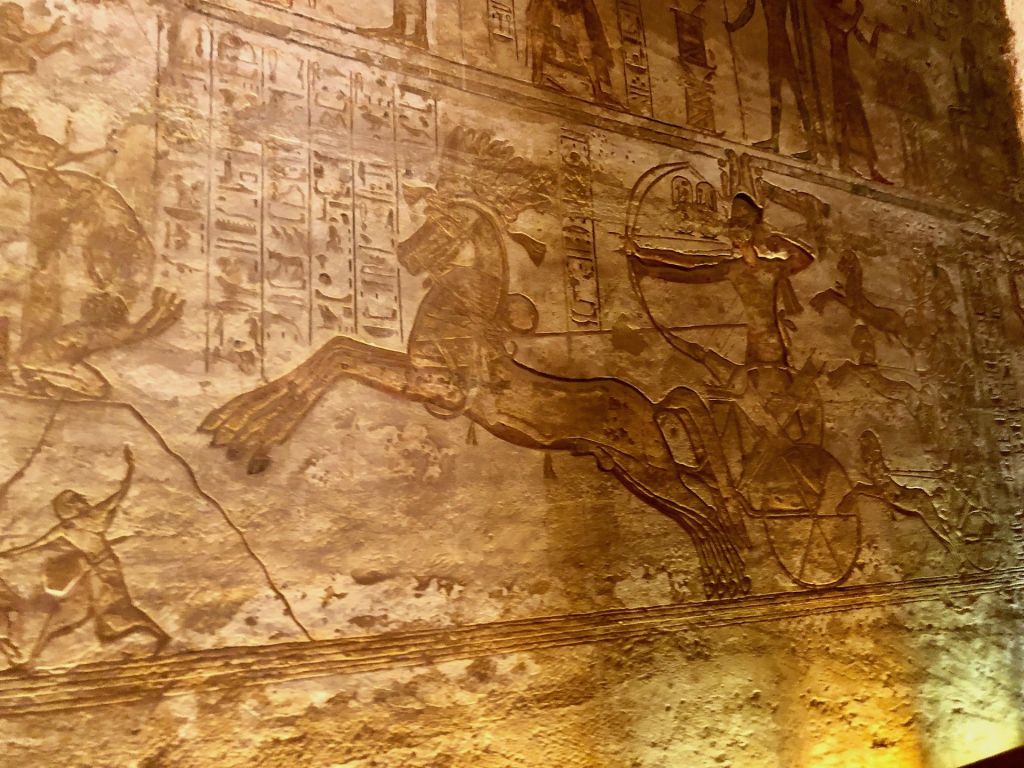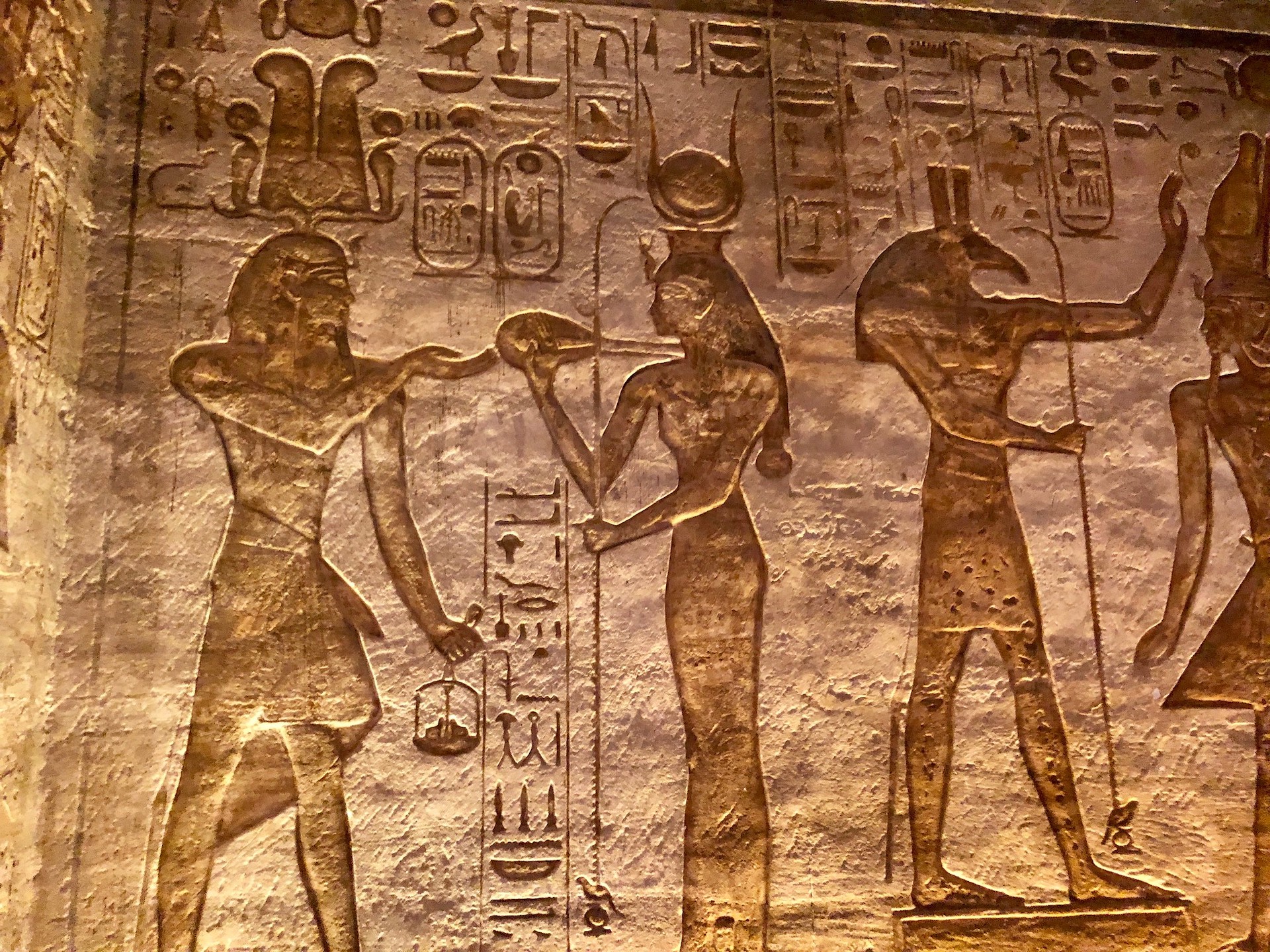Ramses II, also known as Ramesses the Great, was one of the most important pharaohs in the glorious history of ancient Egypt, no one was more celebrated than Ramesses II.
Ramses was a great military commander, a warrior king who waged successful struggles against Libya, Nubia and the Hittites.
Numerous documents and engravings testify how Ramses regularly turned defeat into victory thanks to his glorious leadership, dauntless bravery and military sagacity.
Determined to pursue the expansionist policy introduced by his father, Seti I, Ramses invaded the Hittite territories in Palestine and went to Syria determined to capture the city of Kadesh.
The ensuing battle, the Battle of Kadesh, was one of the largest chariot battles in the world.
Battle of Kadesh
Ramses, perhaps a little too impetuously and relying on false information, had pushed well ahead his main army with an advance guard of 20,000 infantry and 2,000 chariots and ended up in the ambush prepared by the Hittites who awaited him with an army of 40,000 infantry and 3,000 chariots.
It was a bloody battle, a real carnage, the heavy three-horse chariots of the Hittites crashed into the Egyptian army which, taken by surprise, broke up and suffered serious losses.
Calm and determined, Ramses quickly reorganized his men and launched a counterattack, without the advantage of surprise, the slow and ungainly Hittite chariots were easily overtaken by the lighter and faster Egyptian vehicles.
The fierce fighting eventually resulted in something of a draw, but Ramses had his artists portray the conflict as a great victory by littering the landscape with dead and dying Hittites.
The pharaoh, who legend has it that he went into battle with his tamed lion at his side, is portrayed in numerous engravings aboard his chariot as he shoots arrows at the enemy and tramples numerous enemies with his war chariot.
Inside the Abu Simbel temple, on a large wall of the hypostyle hall, you can see one of the most famous engravings commemorating the battle of Kadesh.
Although the battle led to the world’s first recorded peace treaty, Ramses II turned this event into a massive self-consecration and propaganda operation.
Even 3,500 years ago marketing was well known to the mighty pharaoh, for decades his deeds on the battlefield were told and celebrated throughout Egypt, thus helping to make Ramses II one of the greatest pharaohs of Egypt.
Peace treaty
The peace treaty, the first in history, was very complex with provisions for non-aggression, mutual aid against attacks and the extradition of political fugitives.
The truth was very different from what the parties told at home but the period following the Battle of Kadesh was one of the most prosperous for Egypt.
Ramses’ long reign of, the longest of the imperial age of Egypt, was also one of the most important periods for architecture, numerous temples and monuments were built under Ramses, among the most important works there is undoubtedly Abu Simbel and the main hall of Karnak.


